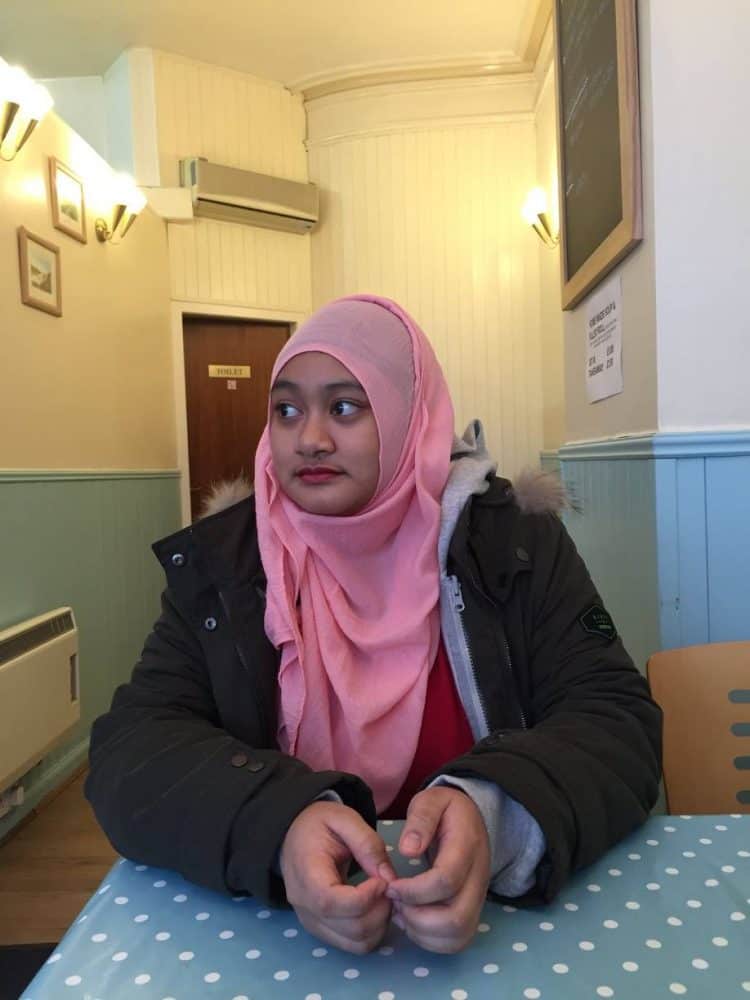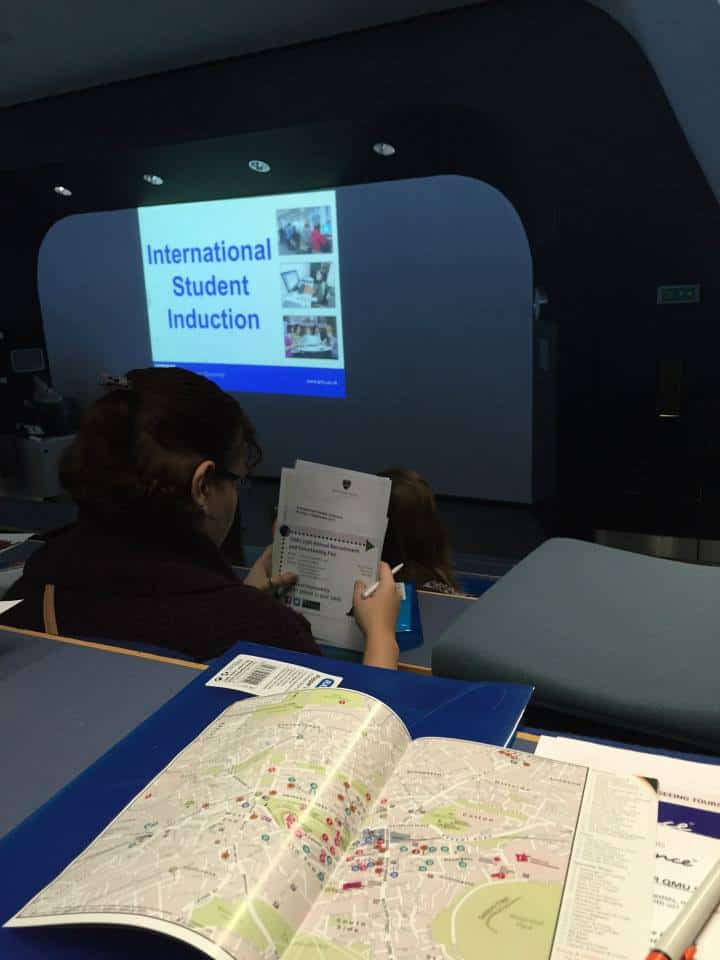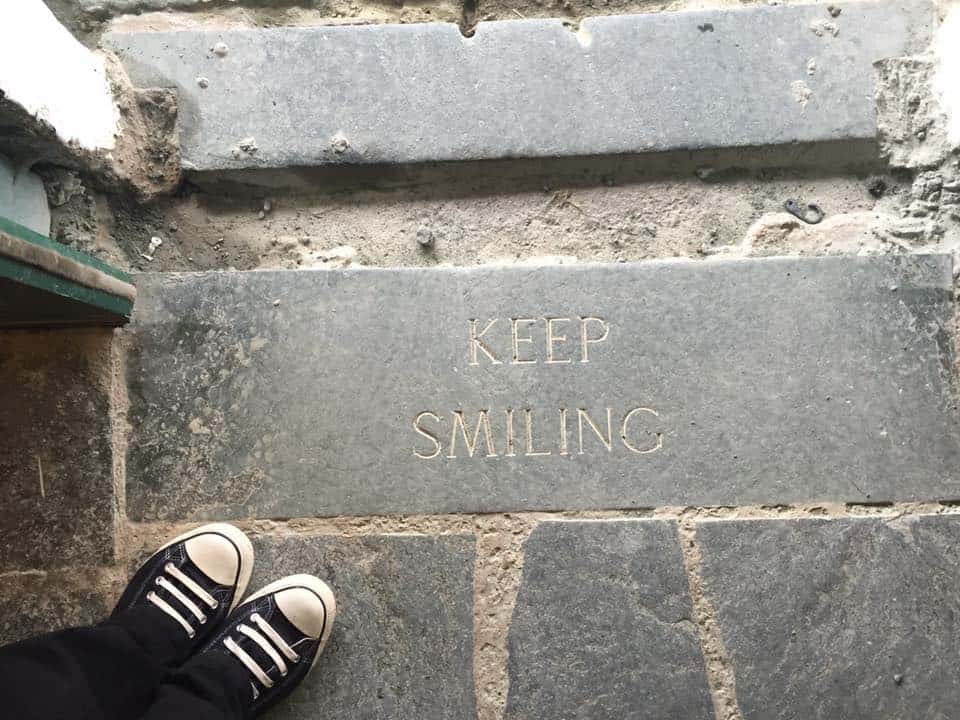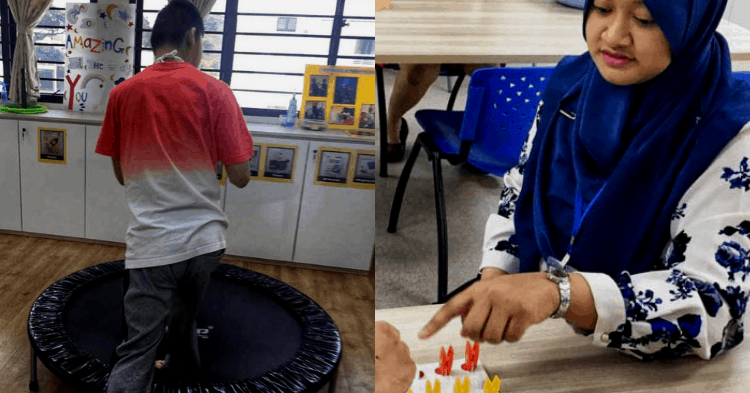If the words ‘occupational therapy’ are foreign to you, fret not. It is an occupation that many aren’t aware of.
28-year-old Atiqah Haroidin is an occupational therapist in Singapore who had previously only known of the existence of two forms of therapies – physiotherapy and aromatherapy, but certainly not occupational therapy.
For those who have yet to understand what occupational therapy truly entails, it is actually a profession that aims to ease people, particularly those with disabilities, into normal livelihood. This is done through teaching them the methods to counter and embrace those disabilities, which will eventually enable them to do everyday life activities.
The Discovery
Atiqah had always harboured dreams of becoming a therapist or someone working in the healthcare sector after she witnessed people around her caring wholeheartedly for the wellbeing of anyone who’s feeling under the weather.

She liked the idea of being able to care for others or even improve their condition.
Spurred by her curiosity to know more about therapy, she recalled researching up on it online at a young age of nine. That was when she encountered the words ‘Occupational therapy’.
Intrigued, she proceeded to read on further about all things occupational therapy.
“I was drawn to the essence of occupational therapy, which is seeing a person as a whole and working towards what is most meaningful to them”, Atiqah explained.
Atiqah then made up her mind to be one.
Education

Atiqah eventually enrolled herself into Nanyang Polytechnic for a diploma in Occupational Therapy, and later furthered her studies inQueen Margaret University in Scotland.
After graduating, Atiqah landed a spot in an organization in the social service sector catering to people with different needs. Now, she has moved on to bec0me a full time occupational therapist for children with autism and multiple disabilities in a special education school instead.
On top of that, she also works in a day activity centre for adults with disabilities, albeit on a part time basis and is a mentor to a new occupational therapist.
The Patient

A patient in the midst of his routine physical treatment.
Through her years of being an occupational therapist tending to both the young and old, Atiqah had gained a plethora of experience.
“There was a lady in her fifties who was diagnosed with cancer. She came to an oncology rehabilitation service I was working at with other conditions including arthritis,” she recalled.
Atiqah observed that most of her functional difficulty was due to her arthritis. This affected daily tasks that many would consider simple.
“One day, she came in early and was complaining of pain in her joints. She was frustrated and even went to complain that the therapy she had been receiving from me “was not working” and she would stop her interventions.”
“She asked me the golden question, “Do you even know how I feel? I don’t think you know how I feel.””
With glazed eyes, Atiqah continued, “She actually made sense. I think I know how it feels like but I never know.”
“So, I told her, “Actually, you’re right, I don’t know how you feel and I will never know, because you and I are different. But I have the theoretical knowledge on how to work around it, and this is where you come in. I need us to work as a team. You have to be very honest in this team work. You have to share with me what you feel, and what you have tried and you have to try my suggestions and what works and what doesn’t, we can figure it out along the way.””

The lady broke down upon hearing what Atiqah said.
Perplexed, Atiqah wasn’t sure if it was tears of relief, joy or sorrow.
However, the answer seemed rather obvious when she saw the lady returning to the therapy gym at her designated therapy time slot several hours later in a much joyous mood.
When asked why this patient bore a hole in her mind as compared to others, Atiqah said: “Every time I thought of her, I am reminded how as professionals, we never know how our clients feels like. We will never truly understand what they go through, even if we feel like we have walked the same path.”
“At the end of the day, they are the experts of their own lives. We are just catalyzing change. It was a humbling experience.”
Awareness

Occupational therapists’ services can actually be found in numerous accessible locations across Singapore.
For those still unclear of the difference between physiotherapy and occupational therapy, Atiqah explains it this way: “There’s a saying that goes “A physiotherapist will teach you to walk. An occupational therapist will help you put on your dancing shoes and dance the night away.”
Atiqah for one, believes that more awareness ought to be raised towards this profession.
“As of 2017, there are just above 1000 registered occupational therapists in Singapore which is a far cry when compared to other occupations in the healthcare field like nurses.”
She adds that she’d like to see growth in unconventional sectors too.
Rewarding

When asked if she has any regrets in sticking firmly to her decision on being an occupational therapist, Atiqah immediately shook her head.
“Although it can be difficult at times especially when the individual is not able to convey what is meaningful to them and how it becomes quite challenging for us to find out what the individual finds meaningful, seeing them being able to achieve their goals, gain back their role and lead back a better life has been nothing but fulfilling to me.”
“For those long days and weeks that never seems to end with our clients, it is worth it to just see the smiles on their faces.”



















